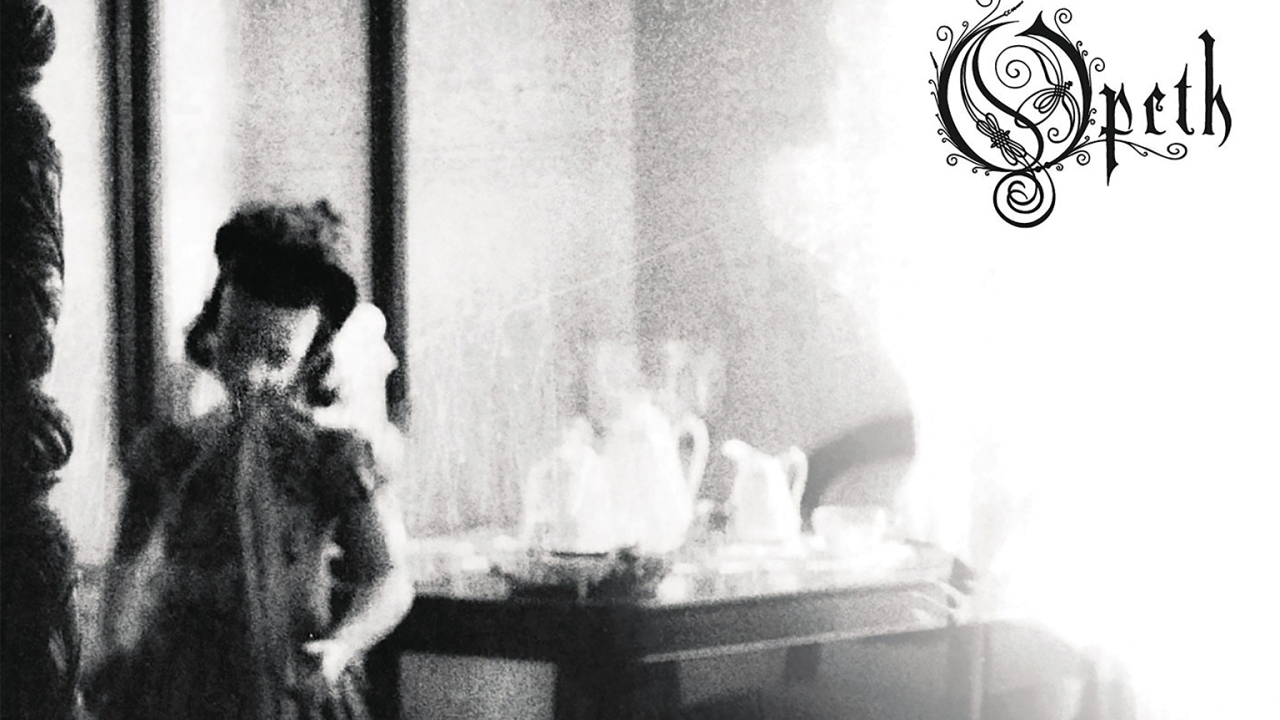At last these two records have been released as a double album, as originally proposed, and this makes so much more sense when you play them back to back.
The idea was to have one – Deliverance – representing the band’s heavier leanings, while the other – Damnation – would reflect their more acoustic side. Each record stands up in its own right of course, but there are cunning musical motifs hinted at on one and then significantly shadowed on the other. In essence, what you realise here is that each is a tightly linked counterpart to the other.
Played as a piece, each album is a counterpart to the other.
Thanks to insightful remixes in both stereo and 5.1 surround (Bruce Soord for Deliverance, Steven Wilson for Damnation) this is now a lot clearer. Listen to the former’s For Absent Friends, and then follow this up with the latter’s Death Whispers A Lullaby. While you wouldn’t say one follows straight on from the other, nonetheless you can deduce a harmonic relationship. The same is true of By The Pain I See In Others, which ends the first album. Somehow, this is a prelude to Windowpane, which begins the second. The latter is also the epilogue to the former! Of course you don’t have to spend endless hours painstakingly linking the two. Each can be enjoyed as a separate entity, and they both provide huge satisfaction.
Deliverance was originally released in November 2002, five months before Damnation, and it offers some searing moments, as the band prove they’re still capable of disturbing the ether in a wildly metallic manner. Yet, this isn’t an all-out attack – the band never lose sight of their progressive demeanour. A track like Wreath has enough variation and dexterity to make it a lot more than a revisiting of Opeth’s death metal roots. (Oh, and do keep the album playing past the end, as there’s a ghost track that features backmasked renditions of two verses from For Absent Friends.)
Damnation is clearly a little more laidback in approach, but this shouldn’t indicate any softening of style. There’s still an inherent darkness seeping through Closure and Hope Leaves, and To Rid The Disease is almost claustrophobically stark. Wilson’s production here, as well as his contribution on keyboard, are vital, bringing out so much on the periphery of the arrangements which might have been lost in less capable hands.
The combination of Deliverance and Damnation remains one of Opeth’s greatest triumphs. But only now, with the two pieces finally reunited, is it possible to realise just how impressive, and how connected, they really are.

